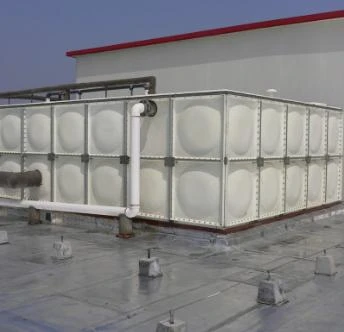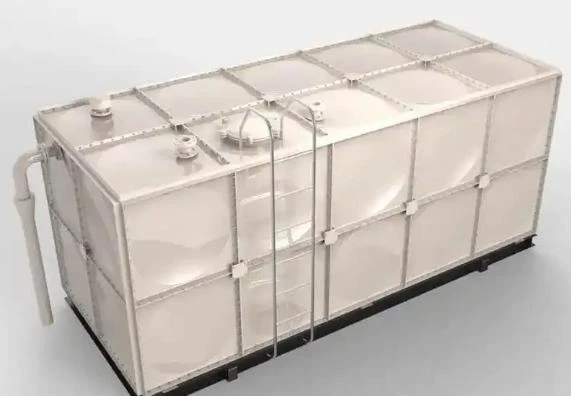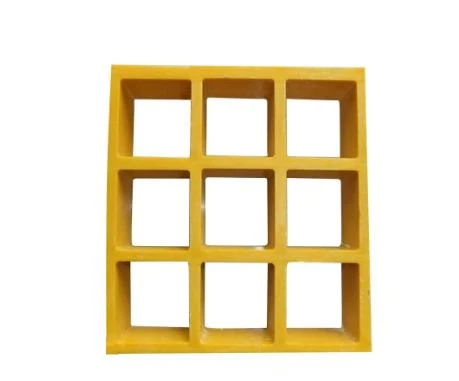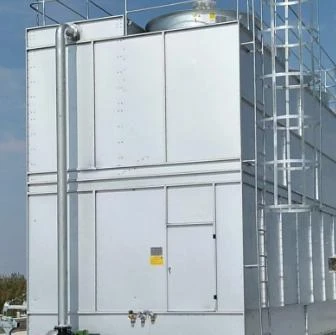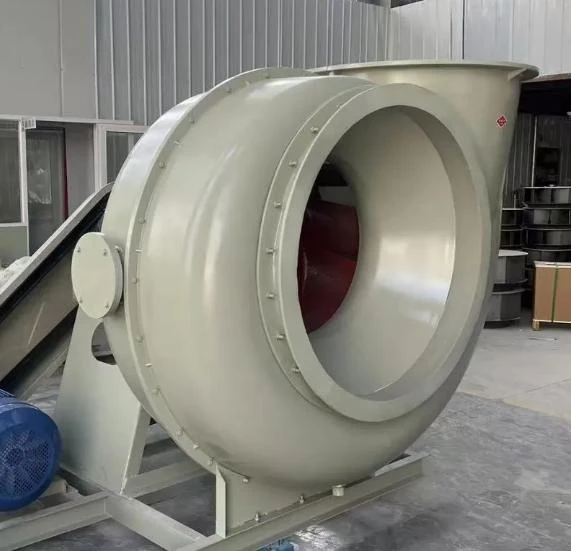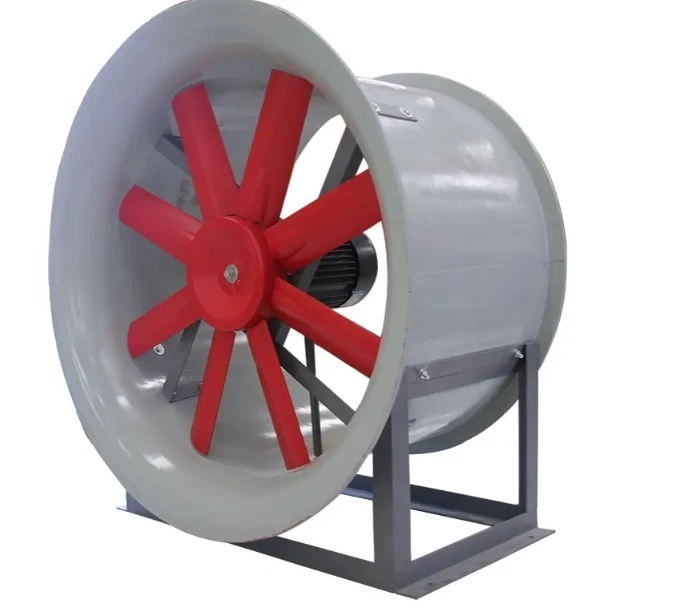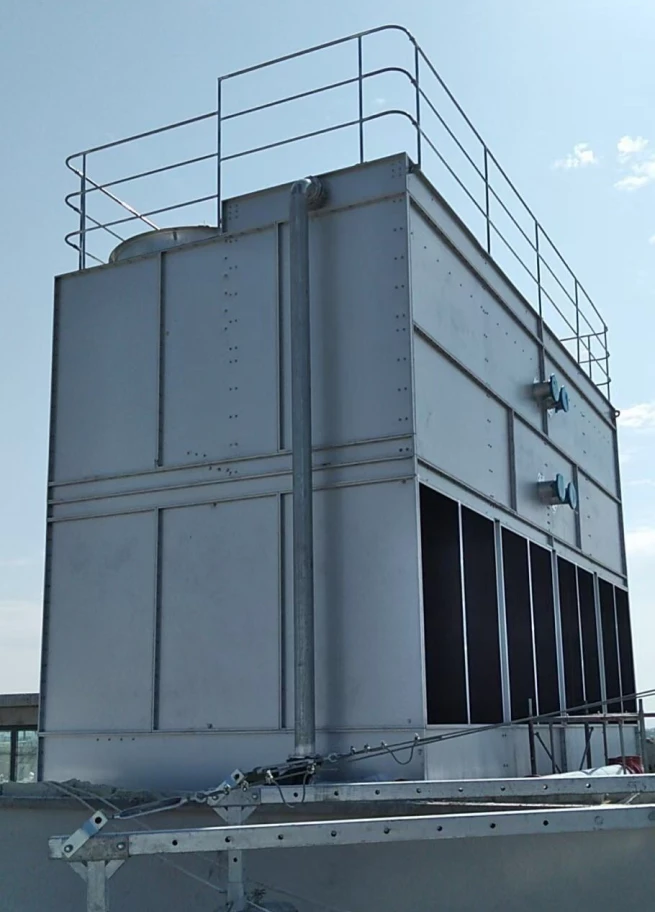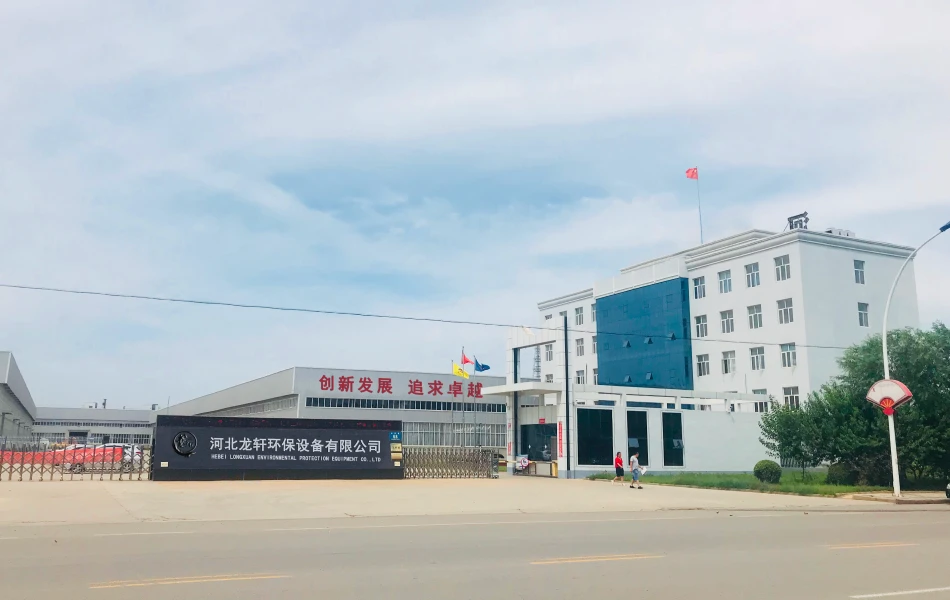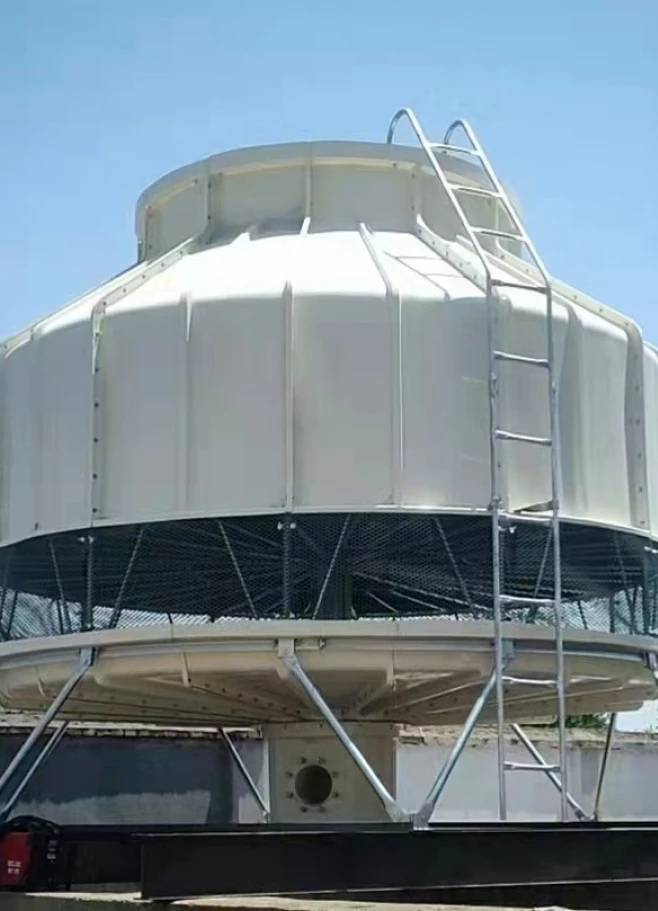

We Are Open 24 Hours a Day, 7 Days a Week, Including Weekends and Public Holidays.
- Introduction to Square Water Tank Design and Modern Storage Requirements
- Technical Innovations and Key Advantages in Square Tank Design
- Comparative Analysis of Major Square Water Tank Manufacturers
- Customization in Square Water Tank Solutions: Meeting Diverse Demands
- Integration of Axial Flow Fan Design for Enhanced Tank Ventilation
- Successful Application Scenarios and Data-Driven Case Studies
- Conclusion: The Future of Square Water Tank Design and Industry Outlook

(square water tank design)
Introduction to Square Water Tank Design and Modern Storage Requirements
Square water tank design addresses the critical challenges of modern liquid storage, notably the spatial constraints in urban and industrial environments. Traditionally, cylindrical tanks dominated, but increasing demand for optimized use of floor space has led to the evolution towards square tanks. These designs facilitate a compact arrangement either as standalone units or modular assemblies, catering to both commercial and residential sectors.
According to recent industry surveys, up to 40% of new commercial developments now opt for square water tanks over cylindrical alternatives, underscoring the shift in preference. Primary drivers are space efficiency, easier site integration, and streamlined maintenance processes. The market for such solutions was estimated at USD 3.2 billion in 2023, with an annual growth rate projected above 6.5% through 2030.
This guide will explore the latest square tank innovations, industry benchmarks, superior technical features, and bespoke design solutions that meet contemporary requirements.
Technical Innovations and Key Advantages in Square Tank Design
The transition to square tank design has been driven by several technological advancements that augment their durability and utility, making them a preferred choice for large-scale facilities and high-rise construction projects.
Key technical advantages include:
- Material Flexibility: Square tanks are now fabricated using advanced composites, stainless steel (Grade 304, 316), and food-grade plastics. This enhances corrosion resistance and service life, with many models boasting 25+ years of operational expectancy.
- Modular Construction: The modular panel approach enables significant scalability, allowing configurations from 1 m3 to 10,000 m3 or more without major on-site fabrication.
- Minimal Dead Volume: The geometry of square tanks reduces unused space at corners, improving drainage and allowing for near-total utilization of capacity—usually above 98%.
- Seismic and Structural Stability: Incorporation of internal bracing systems, ribbed wall panels, and sophisticated load distribution features ensure robust performance during seismic events or under variable loading conditions.
Comparative Analysis of Major Square Water Tank Manufacturers
Choosing the right manufacturer is pivotal for reliable operational outcomes. Below is a comparative analysis of leading global suppliers, evaluating key parameters: material quality, modular design capabilities, customization range, and average lifecycle cost.
| Manufacturer | Material Range | Max Capacity (m3) | Panel Thickness (mm) | Customization Level | Lifecycle Cost (USD/10 yrs) |
|---|---|---|---|---|---|
| HydroSquare Inc. | SS316, HDPE | 8,000 | 5–12 | High | 18,500 |
| Global Tank Systems | SS304, FRP | 10,000 | 4–10 | Medium | 21,000 |
| EcoModular Tanks | GRP, Food-Grade PP | 6,000 | 3–8 | Very High | 15,700 |
| SteelCore Solutions | SS316, Duplex Steel | 9,500 | 6–14 | High | 19,900 |
Customization in Square Water Tank Solutions: Meeting Diverse Demands
The diversity of customer requirements—ranging from storage capacity to application-specific standards—necessitates a flexible, modular approach to square tank design. Industry leaders now offer comprehensive customization, including:
- Dimension Tailoring: Customizable panel sizes enable adaptation to complex spatial layouts, such as rooftops, basements, or split-level platforms.
- Material Configuration: Clients may select composite, GRP, FRP, or any grade of steel as per site or fluid compatibility requirements.
- Accessory Integration: Available options include automated monitoring sensors, internal liners, segmented chambers for multi-fluid storage, and integrated access platforms.
- Compliance Adaptation: Tank designs are aligned with ISO 9001, ASME, and local safety codes (NFPA, EN 13280) for potable and non-potable water, wastewater, or chemical fluids.
Integration of Axial Flow Fan Design for Enhanced Tank Ventilation
A critical yet often overlooked component of effective water tank management is ventilation. Advanced axial flow fan design is increasingly integrated into square tank systems to address moisture buildup, condensation, and thermal regulation.
- Precision Airflow Control: Modern axial fans enable adjustable airflow ranging from 2500 to 15,000 CFM, adaptable to tank volume and climate conditions.
- Automation and Sensing: Integration of smart sensors allows real-time adjustment, ensuring optimal humidity and preemptive mold prevention in potable tanks.
- Noise and Energy Efficiency: Using blade profile optimizations, the latest fans operate below 65 dB sound pressure and cut power consumption by up to 22% compared to previous generation systems.
- Corrosion Resistance: Special coatings or choice of materials ensure long life in high-humidity, aggressive environments typical of water tank interiors.
Successful Application Scenarios and Data-Driven Case Studies
Real-world deployments highlight the versatility and reliability of advanced square water tank projects.
Case Study 1: Urban High-Rise Water Security
In 2022, a 45-floor commercial tower in Singapore adopted a dual-layer square tank system (total 3200 m3) using modular stainless steel panels and axial flow ventilation. Water loss incidents dropped from 8 per annum to just 1.
Case Study 2: Community Rainwater Harvesting
In São Paulo, a municipal project featured interconnected square tanks (5200 m3), tailored for tight underground spaces. The project saw installation times reduced by 42% and led to maintenance cost savings exceeding USD 40,000/year.
Case Study 3: Food Processing Plant Hygiene Compliance
A multisite European food manufacturer deployed graded-composite square tanks with integrated axial flow fan design for regulation of internal humidity. Post-installation audits found a zero contamination rate over 18 months.
Key Performance Indicators Table:
| Scenario | Install Time (days) | Annual Maintenance ($) | Water Loss Incidents | Contamination Rate |
|---|---|---|---|---|
| High-Rise Tower | 7 | 4,500 | 1 | 0% |
| Community Harvesting | 15 | 6,200 | 2 | 0.1% |
| Food Processing | 9 | 3,200 | 0 | 0% |
Conclusion: The Future of Square Water Tank Design and Industry Outlook
As demands for robust, space-efficient, and low-maintenance liquid storage continue to rise, square water tank design
is at the forefront of innovation. Engineered versatility, advanced materials, and integrations like axial flow fan design are now setting new industry benchmarks.
With customization, modularity, and data-driven performance becoming the status quo, decision makers are empowered to select solutions that not only meet but exceed their long-term operational goals. The anticipated increase in smart monitoring, real-time diagnostics, and eco-friendly material options points toward an ever-evolving landscape for square tank design.
For investors, engineers, and facility managers alike, embracing these advancements ensures resilience, sustainability, and adaptation to the challenges of tomorrow.
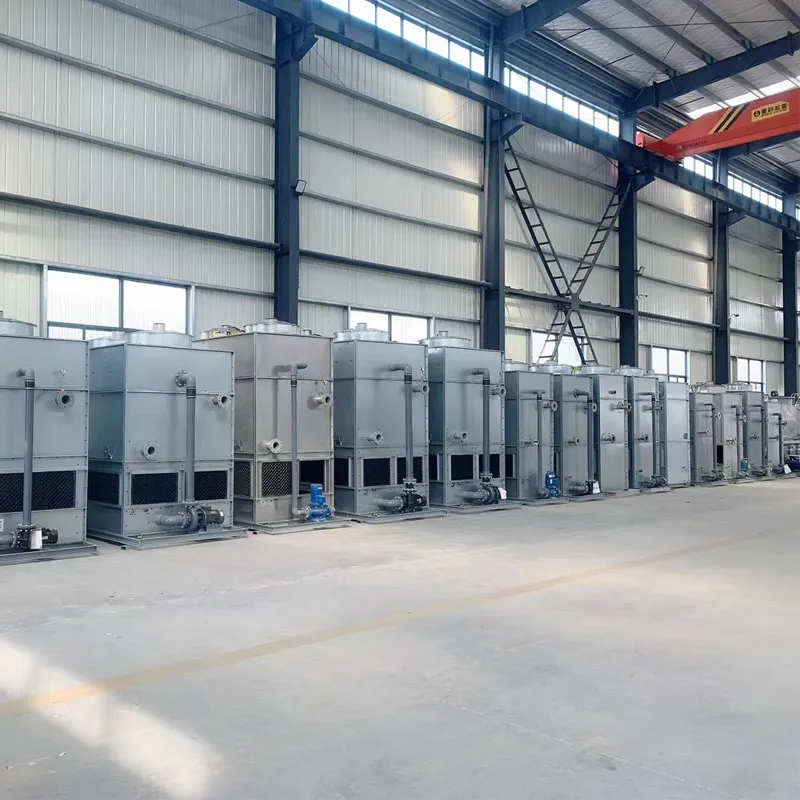
(square water tank design)
FAQS on square water tank design
Q: What are the main considerations in square water tank design?
A: The main considerations include material selection, wall thickness, and structural support to handle water pressure. Designers must also ensure proper reinforcement at corners to maintain integrity. Additionally, accessibility for maintenance and drainage must be factored in.Q: How is a square tank design different from a circular tank design?
A: Square tank design typically requires more reinforcement at corners due to stress concentration compared to circular tanks. Square tanks also utilize space more efficiently in certain installations. However, they may be less hydraulically efficient for some applications.Q: What calculations are essential for square water tank design?
A: Key calculations include determining wall thickness based on water pressure and tank height. It’s important to calculate loading at the corners and joints. Assessing support structures and foundation is also crucial for safe design.Q: How does axial flow fan design relate to square tanks?
A: Axial flow fan design is important for ensuring proper ventilation or mixing in square water tanks. The fan must be sized based on the tank’s dimensions and ventilation requirements. Efficient air or water flow aids in maintaining water quality and temperature.Q: What materials are recommended for square tank design in water storage?
A: Common materials include reinforced concrete, stainless steel, and high-density polyethylene (HDPE). Material selection depends on factors like capacity, location, and intended use. Proper material ensures durability, safety, and compliance with regulations.Prev This is the first article





Address
20 Xingyuan South Street, Zaoqiang County, Hengshui City, Hebei Province, China














